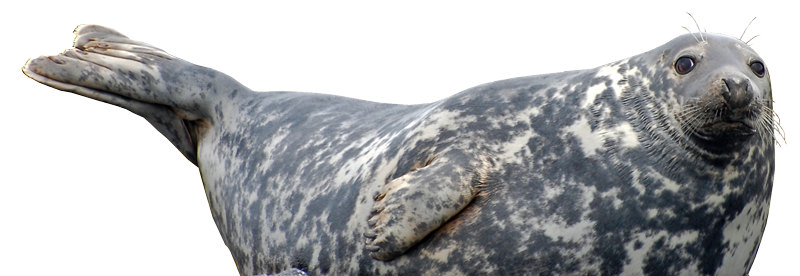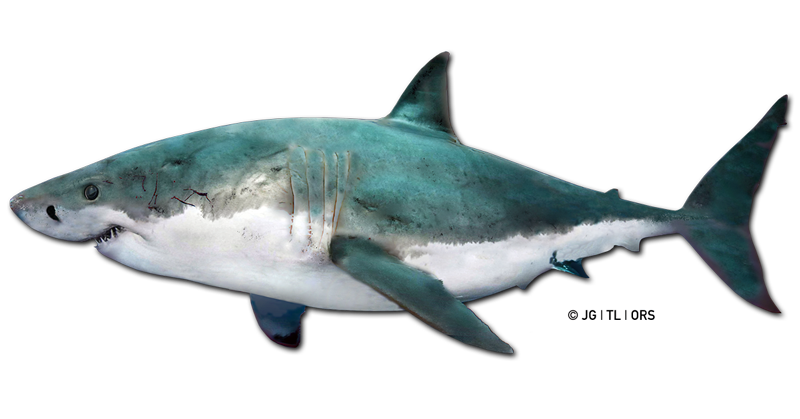| Description: A white shark believed to have been feeding on captured fish reportedly circled and rammed a fishing vessel, causing it to heave to one side and take on water. The shark was later identified from a tooth found embedded in the wooden hull.
From Harry Piers (1934):
Very early in the morning just after dawn of a clear day on or about 2nd July, 1932, Wilson Munroe, a fisherman of Victoria Beach, and his young son, were in their 25-ft. motorboat on the fishing-ground, in forty fathoms, about ten miles northwest of Digby Gut, Annapolis County, on the eastern side of the Bay of Fundy. The latitude of the location is about 44°48′ and the longitude 65°51′. The men had stopped to overhaul their fishing trawls, it being slack water at low tide and the sea quite calm. Fishermen in another boat which was about a quarter of a mile away saw a large shark which circled around their boat, and which they believed had been disturbed while feeding on the fish which were hooked on the trawls. Then, without the slightest other provocation, the shark suddenly and wantonly rushed at Munroe’s boat. The resulting impact caused the boat to be hove up on its forward starboard (right) side, which caused it to go downward on the after port side, the Munroes being near the stern tending their trawls. As a result, water slopped in over the port quarter gunwale. With a number of noticeable bumps against the underpart of the boat, the fish worked its way aft, under the starboard bilge; and then finally went clear. Munroe estimated that it was about thirty feet long, but it does not appear that he ever saw it distinctly. When the alarmed men came ashore and examined their boat, they found that the fish had bent the blades of the three-bladed propellor, and in so doing must have cut itself. The boat was otherwise not particularly damaged, but some of the animal’s teeth were left embedded in the keel or one of the under strakes, showing that it had endeavoured to bite the boat with its powerful jaws. One of these teeth was sent to the Provincial Museum.
Assessment: The behaviour of the shark described in the incident is plausible although at least one of the details may have been exaggerated for effect. The reported size of the white shark is far beyond any verified measurement of the species. The possibility that the shark could have instead been a basking shark should be discounted by the violent behaviour of the assailant as well as the teeth left behind.
 Click here for boater recommendations. Click here for boater recommendations.
|









